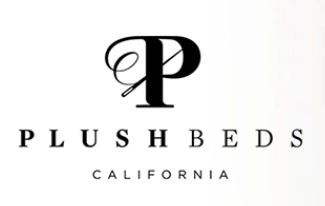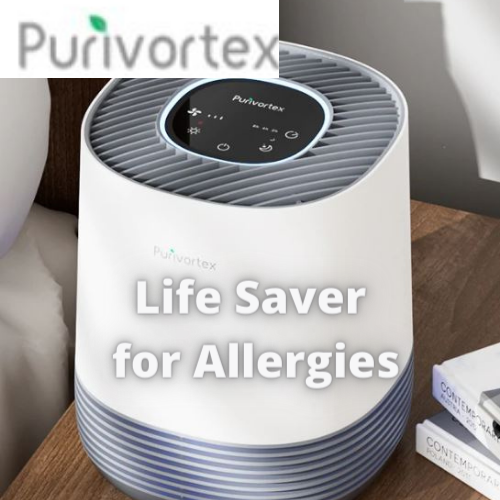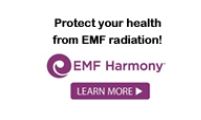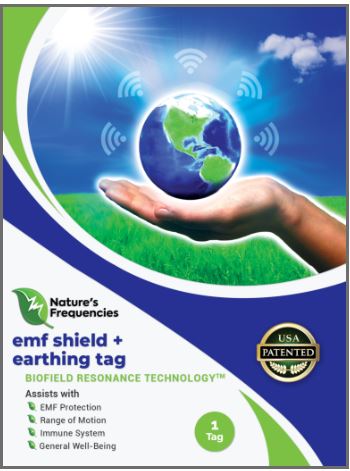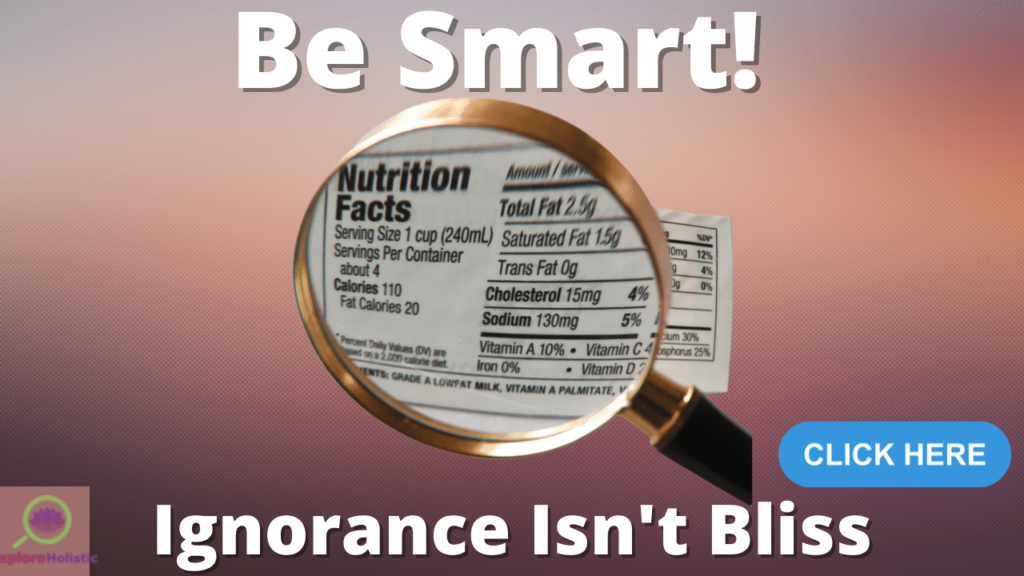Do you know that just by reading labels you can reduce your risk of diabetes and obesity? White sugar is in so much of our food today and there are studies that support the fact that it is making us sick. We are talking about foods that have added sugar such as candy, cereals, snacks, sodas and processed foods. Not the ones that have good sugar, known as natural fructose, which is found in fresh fruits and vegetables. In this blog you will learn about 4 ways you can reduce your sugar intake by learning how to read labels.
Overview
Studies have shown that excess sugar consumption may contribute to a variety of health problems including weight gain, diabetes, heart disease, dental problems and obesity.
The American Heart Association suggests an added-sugar limit of no more than 100 calories per day (about 6 teaspoons or 24 grams of sugar) for most women and no more than 150 calories per day (about 9 teaspoons or 36 grams of sugar) for most men.
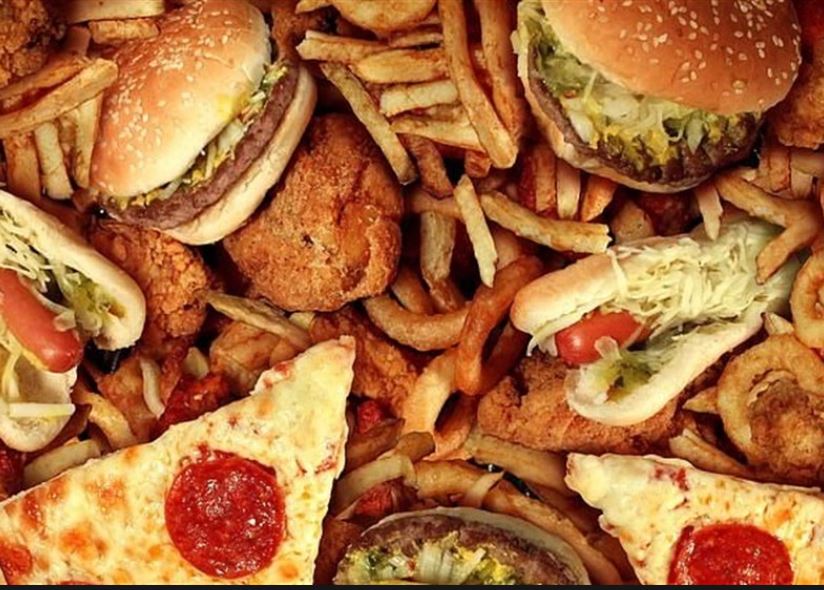
According to the Department of Health and Human services, the average American consumes almost 152 pounds of sugar in one year. With about 454 grams of sugar in one pound, you’re looking at an average of about 69,000 grams per year, or 190 grams of sugar consumed per day! That’s more than 5 times the healthy limit as set by the AHA.
According to a 2019 study by WorldAtlas, one of the largest publishing resources that present reputable facts about our world that are from well-researched, trusted sources, the United States of America actually led the world in sugar consumption. Not a great achievement!

4 Ways to Reduce Your Sugar Intake by Reading Labels
So, how do you begin to reduce your sugar intake? The best thing you can do is to know what you’re eating, and having the knowledge to properly read labels so you can keep track. When it comes to limiting sugar content, this may help you decide what to buy. Here are some ideas:
#1. What is in this product?
The first thing to know is that ingredients are listed in content order. Those in the largest amounts are listed first.: There will be more of ingredient 1 than there is ingredient 2 than there is ingredient 3. A good rule of thumb is to scan the first three ingredients, as they make up the largest part of what you’re eating. In many processed foods, it is likely that sugars will be found there.

#2. Types of Sugar
Look for ingredients that include the word “sugar,” but also words you know that sound sweet, like “syrup, molasses, or caramel,” and words ending in “-ose” like “fructose, dextrose, sucrose, or maltose”. What are some of the other sugars that may not be so good for you? Here is just a short list to watch out for:
| Barley Malt | Beet Sugar | Brown Sugar |
| Cane Sugar | Caramel | Dextrose |
| Maltose | Coconut Sugar | Molasses |
What are some of the healthier options? (including some “exceptions to the ‘sounds sweet’ rule”):
| Stevia | Erythritol |
| Xylitol | Yacon Syrup |
#3. Amount of Total Carbohydrates
The FDA has recently included an “Additional Added Sugars” listing to their labelling.
On current nutrition labels, sugars will be included in the carbohydrates line. It’s important to note that your body needs carbohydrates to function properly, so you need to understand how these “bad sugars” are included – and not just to cut out carbs altogether. On a label, you’ll see lines like:
- Total Carbohydrates
- Dietary Fiber
- Total Sugars
- Added Sugars
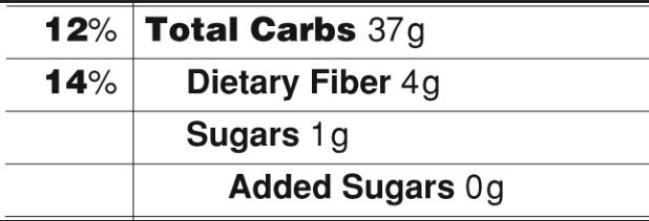
There may be more, but to reduce your sugar intake, you should pay most attention to the “total and added sugar” lines. Remember, the AHA recommends no more than 24 grams per day for women and 36 grams per day for men.
#4 Serving Size
Most people overlook this. All of the numbers you see on the label do NOT indicate everything inside of the product, but rather only one serving. To see what’s in the full product, you’ll need to multiply the sugars by the number of servings. If you see added sugars of 10 grams but then you see 10 servings in a box, you’re buying something that by itself contains 3-4 times the recommended daily limit of added sugars.
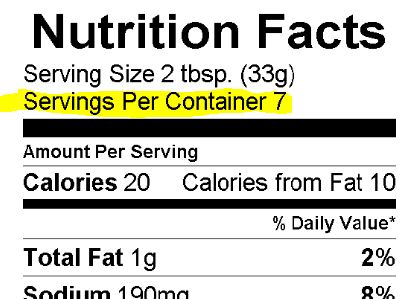
So, we hope you learned about how you can reduce your sugar intake, just by reading labels and becoming aware of some of the terms. Check out our YouTube video on Reading Sugar Labels.

About Us
As holistic dentists, we've recommended products and services that supported our patients’ health for decades. In experiencing our own health challenges from mercury toxicity, we worked closely with many natural, alternative, and integrative health practitioners who aided our recovery as well as our patients’. We built this site to provide you with a simple-to-use, comprehensive, informational, and functional resource for your physical, emotional, and spiritual health & well-being.


